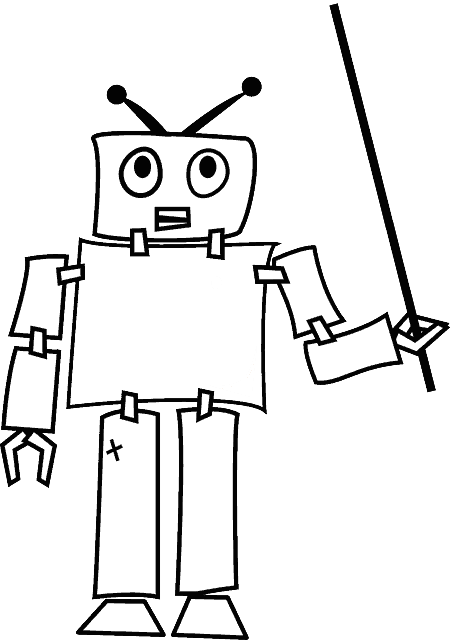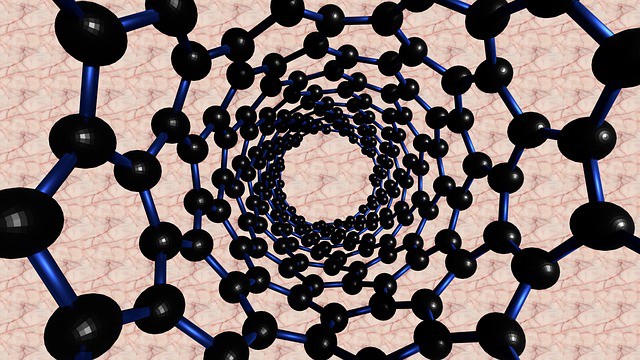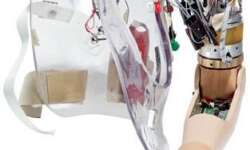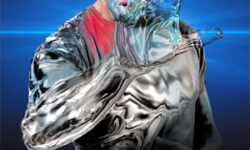Human Power Generators

The developments in the field of science and technology have cashed heavily over the existing sources of power. This has slowly depleted the non-renewable sources of power, such as power from the burning of fossil fuels like petrol and diesel. Researchers and scientists have also scoped that if existing fossil fuels exist, this may degrade fossil fuel sources and leave future generations’ survival under the spot of bother. This, in turn, has churned scientists and professionals’ minds in the field of science to strategize new ways of developing power. This made scientists postulate the significance of renewable sources. Researches were carried out worldwide to mobilize the thoughts of using renewable sources in daily life to substitute the existing sources of power. This laid to develop human power generators that help to produce power by establishing contacts between work done by a human being and simple manifestation of awe-inspiring thoughts to transform as generators. This has provoked several manufacturers to materialize human power technology into simple gadgets to make people enjoy the fruits of advancements in science and technology. Physiological features Certain physiological features establish suitable use of scientific advancements. Human power generators have certainly complacent internal configuration with highly durable…








